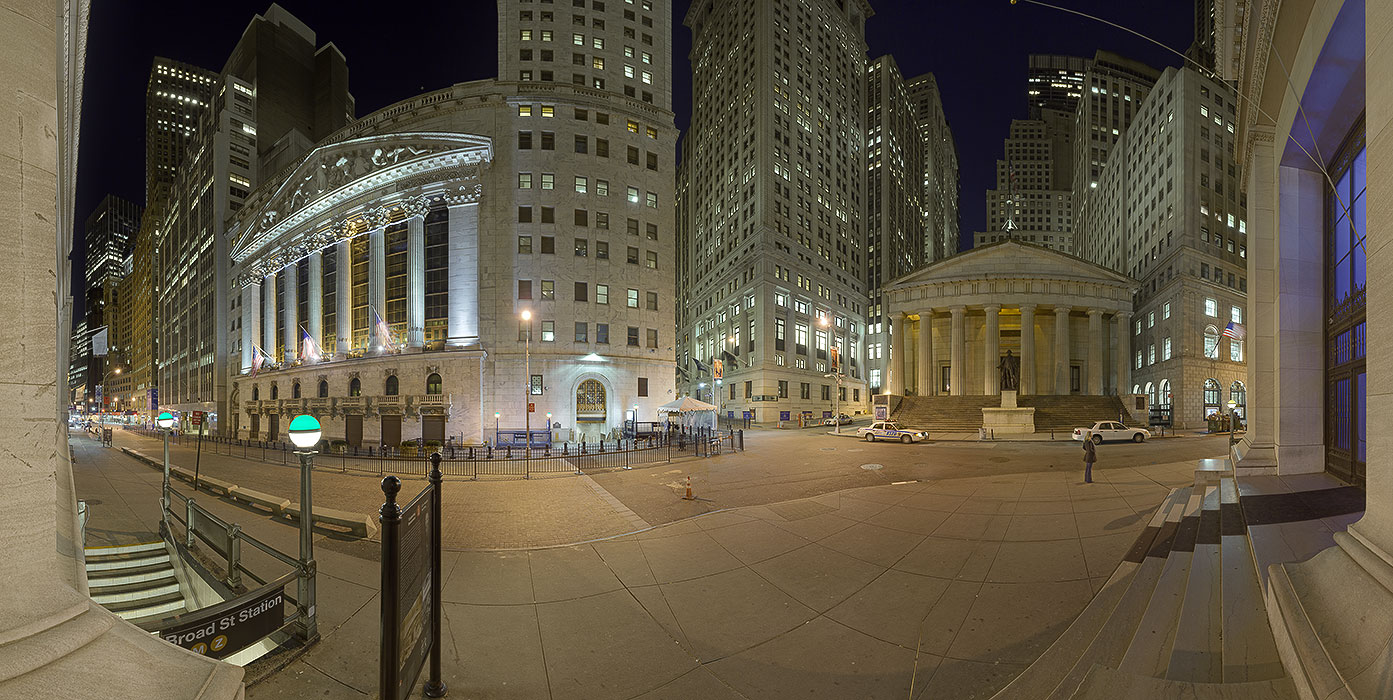
The economic downturn of the past two years has taken a toll on automakers around the world. Programs like Cash for Clunkers and bailouts of the U.S. Big Three by the U.S. government have been enacted to help weather the downturn and keep the U.S. automotive industry’s head above water. In addition to help from the outside, automakers have made internal changes to adapt to the economic climate and better position themselves for the future. General Motors in particular filed for Chapter 11 Bankruptcy, is selling its Hummer line to the Chinese, and is winding down its Pontiac and Saturn brands. Swedish automaker Saab, owned by GM, was also under the microscope as GM considered its sale, and after many negotiations failed, discussion switched to shutting down the line. However, on January 26th, GM suddenly announced it had struck a deal to sell Saab to Spyker Cars, a small Dutch luxury sports car company. As the deal is set to be finalized in the next couple of weeks, investors are asking, did GM get a good value for Saab? To answer the question, GM acted in its best interest and got the best deal it could.
Saab was sold to Spyker for $74 million in cash and $326 million in preferred stock in the new Saab-Spyker business, for a total purchase price of $400 million. To put this deal into perspective, recall that GM originally purchased a 50% ownership in Saab for $600 million in 1990 and purchased the remaining half for $125 million in 2000. Had that deal taken place today, the combined inflation-adjusted acquisition prices for the two halves of Saab would amount to a total purchase price of $1.14 billion. In other words, GM sold Saab for about 35% of what it paid – not an incredibly good return on investment.
However, despite selling the business for a third of the inflation-adjusted price it paid in 1990 and 2000, GM received a good value for Saab. The number of Saab cars sold in 2009 was half of what it was in 2008, and the brand image of Saab is on the decline. Now that GM has announced plans to focus on its four core brands, the revival of Saab is best left to another company. Given the economic climate and shrinking Saab market share, a sale of the company for less than originally paid is to be expected.
As for the specific $400 million selling price itself, any price GM could find above Saab’s liquidation value would be sufficient justification to sell the brand. The liquidation value of Saab refers to the total value GM could get by shutting down production and selling all of the company’s assets – factories, parts, cars, production equipment, etc. GM most certainly had calculated a figure for what it thought it could obtain by liquidating Saab’s assets, and the sales negotiations that failed prior to those with Spyker likely failed because offers were made for Saab below that liquidation value. If GM were to receive a bid for Saab at a price at or above liquidation value, the sale of Saab would then provide more financial gain than the closing of Saab, and GM should take it. Such is the case that likely occurred with Spyker’s bid.
Although GM and Spyker speak of how excited they are to save the “iconic” 60-year brand of Saab automotives, at the end of the day it all comes down to the financials. GM was ready to rid of Saab and received the best value it could, while Spyker saw Saab as an opportunity for growth and profits. Despite the arguably low sale price, GM did what was best for its shareholders and growth strategy for the future, and in turn, got a great deal.
For a more specific timeline and deal history, click here

Very well thought out post. On paper one would definitely think GM was getting the bad side of the stick in this arrangement but you make a compelling case for why that's not necessarily so.
ReplyDeleteWhat I'm curious to see, however, is whether Spyker proves capable of effectively running a company such as Saab which in itself is larger than Spyker. It's not a light mission to undertake. But it certainly provides a mutual benefit to each company - it helps GM stay afloat by ensuring they receive a value higher than their liquidation rate and potentially gives Spyker a huge upside if they can turn things around for Saab.
Thank you for your comments, and I'm glad you found it interesting. I plan on doing a follow-on post, which will discuss whether the Saab purchase will prove viable for Spyker. Spyker now sells 30 to 50 custom luxury sports cars per year, while Saab sold 40,000 cars last year and 100,000 cars the year before. As you mentioned, it is most certainly a change in pace for Spyker.
ReplyDeleteIntellectual Perfectual, the follow-up has been posted http://bathebailout.blogspot.com/2010/02/saab-to-spyker-viable-deal-for-spyker.html
ReplyDelete